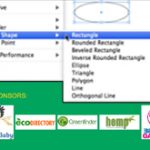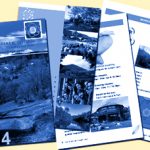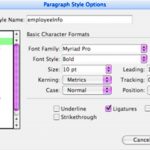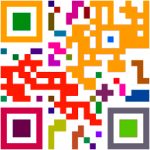
by Design Workshop Sydney
Dec21
Indesign has a few tools for creating shapes like the green footer box pictured here. We explore all these in our Adobe Indesign courses. The toolbox in Indesign features a few commonly-used shape tools: the Rectangle tool, the Rounded Rectangle tool, the Ellipse, and Line tools. In addition you can create shapes using the Pen tool, which works in exactly... Read more...

by Design Workshop Sydney
Dec7
There are a couple of methods for scaling images in Adobe Indesign – we explore the variety of features in our Indesign courses. To an extent, the method you choose depends on how you imported the image. If you simply went Fie > Place and imported an image at its full print size, there are three methods. Either use the... Read more...

by Design Workshop Sydney
Nov22
After setting up the basic page dimensions and guides, we would start our layout design by placing images and text. Placing images is an easy process, involving only a few steps. We show you how in our Adobe Indesign courses. There are two main methods for importing or placing images. The first is to simply go to File > Place,... Read more...

by Design Workshop Sydney
Nov12
Adding Master Pages in Indesign is one of the features for working efficiently with multi-page documents. We show you how in our Adobe Indesign courses. First create a new document either by going to File > New document, or by going to File > Open > and navigating to a template (indt file). After entering the number and sizes of... Read more...

by Design Workshop Sydney
Oct26
Many people use Indesign to create brochures and similar multiple page documents. We let you into some of the industry secrets in our Adobe Indesign courses. Brochures and newsletters are often created using existing templates. We also show you how to create your own templates. First create a new document, specifying number of pages, page size, margins and columns, and... Read more...

by Design Workshop Sydney
Oct12
Using Styles in Indesign will rapidly increase your productivity and efficiency. We demonstrate how in our Adobe Indesign courses. There are several types of styles in Indesign: Character, Paragraph, Table and Object styles. The most useful and versatile are Paragraph styles. The easiest way to set up a style is to first create some placeholder text. On a blank page... Read more...

by Design Workshop Sydney
Sep28
Creating drop shadows in Indesign is a straightforward process and one which, if used in a subtle manner, can add dynamism and interest to a page layout. We explore many such features in our Adobe Indesign courses. In the example of the Sonic Screwdriver shown here, the image is placed into the page via File > Place. Since the original... Read more...

by Design Workshop Sydney
Sep15
Users new to Indesign can sometimes be confused when resizing images, ending up cropping a photograph instead of scaling it. We show you all the tips and tricks in our Adobe Indesign courses. First, note that when you import (place) an image in Indesign it consists of two elements: the frame and the content within the frame. When you select... Read more...

by Design Workshop Sydney
Sep1
Designing flyers in Adobe Indesign usually follows the same workflow each time. We show you how in our Indesign courses. To create the example here, go to: File > New > A5 > Landscape > Bleed 2mm (if printing commercially). To create the Duotone background image, first open an image in Adobe Photoshop. Then go to: Image > Mode >... Read more...

by Design Workshop Sydney
Aug17
Creating QR codes is straightforward and simple in Adobe Indesign. We show you how in our Indesign courses. Advertising billboards, posters and printed ads often display a QR (Quick Response) code which can be scanned with a Smartphone app. This reads and decodes URL information and redirects the consumer’s phone browser to the company website. The QR code generated in... Read more...


 Graphic Design Courses
Graphic Design Courses








